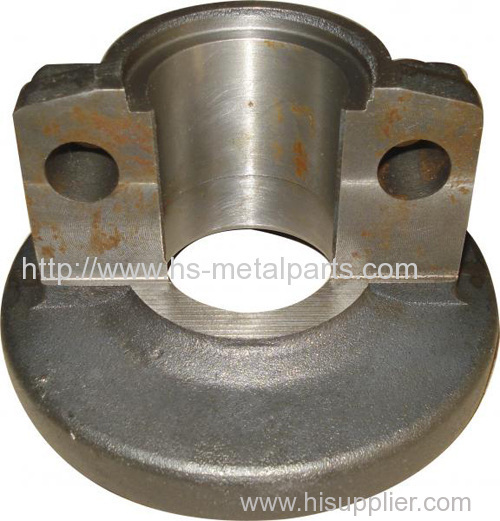
|
Ningbo HS Machinery Parts Factory
|
Gold Index: 76574
You are here: home > Investment casting > Investment casting
Product (611)
- Carbon Steel Castings (28)
- Alloy Steel Castings (65)
- Stainless Steel Castings (45)
- Iron Castings (22)
- Aluminum Castings (52)
- Brass Castings (26)
- Bronze Castings (11)
- Forgings (29)
- Stampings (14)
- Machined Parts (17)
- Investment casting (76)
- Sand Casting (27)
- Mining castings (15)
- Agricultural or Farming castings (27)
- trailer or truck casting (25)
- forklift casting (14)
- railway or train casting (14)
- Automotive parts (42)
- Construction castings (15)
- Bucket teeth and adapters (15)
- Flange casting (17)
- Pump casting (15)
News (1)
Steel forging (1)
Stainless steel Forging (1)
Magnesium Forging (1)
Close die forging (1)
Brass copper forging (1)
Aluminum casting and Forgings (2)
Sand casting (1)
Investment casting (1)
Extension of our factory (1)
FAQ (1)
Company activities (1)
Certificates (1)
Credit Report
Products Index
Investment casting
Investment casting

Investment casting can make use of most metals, most commonly using aluminum alloys, bronze alloys, magnesium alloys, cast iron, carbon steels, stainless and other nickel alloys. This process is beneficial for casting metals with high melting temperatures that cannot be molded in plaster or metal. Parts that are typically made by investment casting include those with complex geometry such as turbine blades or firearm components or marine parts. High temperature applications are also common and include parts for the automotive, aircraft, and military industries.
An investment casting foundry can use almost any castable metal; however aluminum alloys, copper alloys, stainless and steel are the most common. The advantages of investment castings are:
Excellent surface finish
High dimensional accuracy
Extremely intricate parts are castable
Almost any metal can be cast
No flash or parting lines
The main disadvantage is the overall cost. Some of the reasons for the high cost include specialized equipment, costly refractories and binders, much labor is required and occasional minute defects in the finished part.





